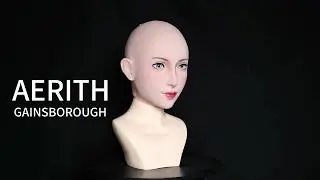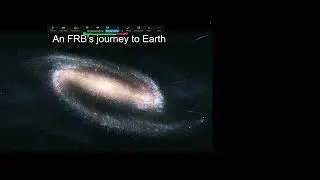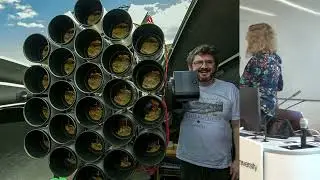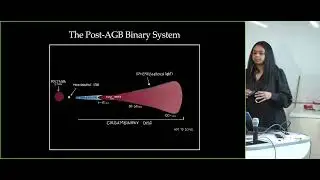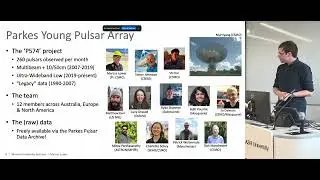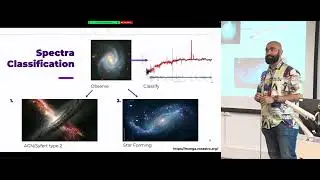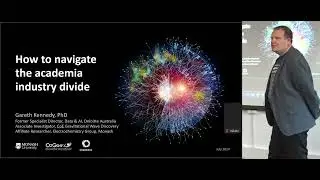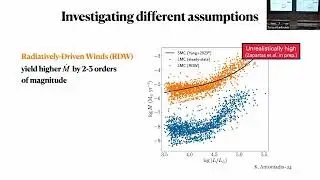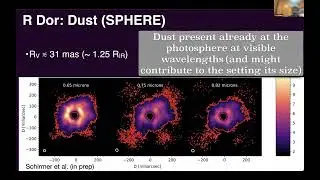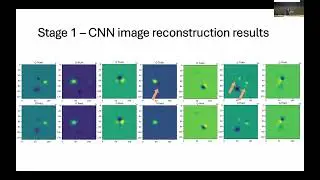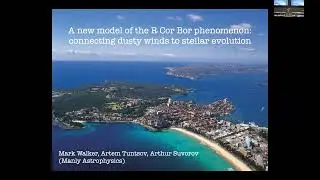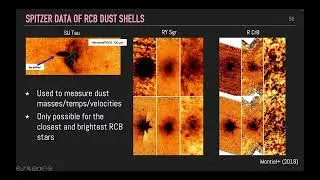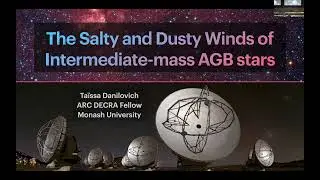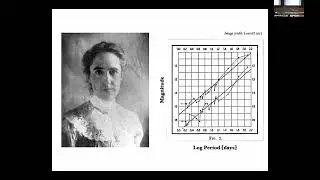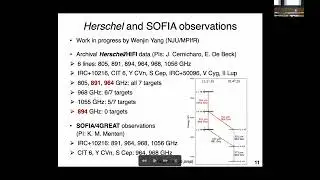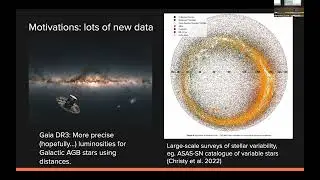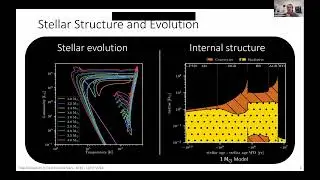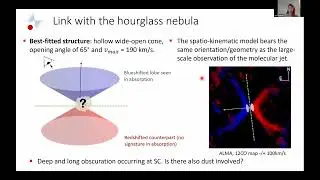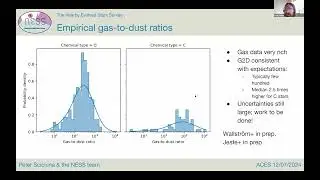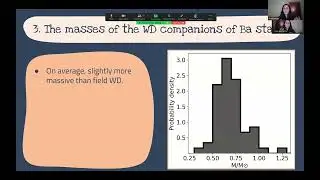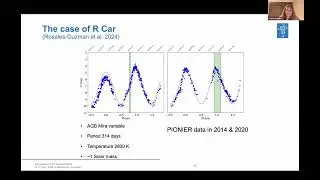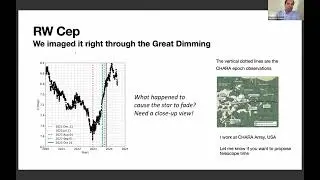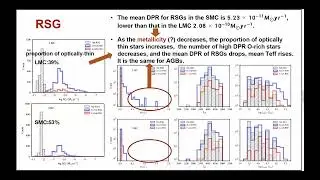Cosmic Renaissance: The Last Chance for Planet Formation Around Low-Mass Dying Stars - Devika Kamath
Cosmic Renaissance: The Last Chance for Planet Formation Around Low-Mass Dying Stars - Devika Kamath (Macquarie)
Most exoplanets discovered to date are believed to have formed around their parent stars during their early years, as leftover gas and dust from star formation condensed into a disk within which planets could form. An innovative opportunity has emerged recently with the recognition that planets may also form in entirely different environments, such as around dying stars offering a novel means to test planet formation ideas. These "second-generation" planets are thought to originate from the gaseous disks expelled during the close interaction of old stars in binary systems. In this talk, I will focus on post-Asymptotic Giant Branch (post-AGB) binary stars as possible second-generation planet formation sites. In the case of post-AGB binary stars, their circumbinary disks are by-products of poorly understood binary interaction processes that occur during the rapid transition (~10^5 years) of the primary star from the AGB to the planetary nebula stage. Despite significant differences in formation history and lifespan (~10^5 years for post-AGB disks compared to a few Myr for protoplanetary disks), post-AGB circumbinary disks show surprising similarities to protoplanetary disks, including Keplerian rotation, infrared excesses, dust disk mass, chemical depletion, and dust mineralogy. Recent interferometric and polarimetric observations using state-of-the-art instruments such as PIONIER, GRAVITY, MATISSE, and SPHERE at the European Southern Observatory's Very Large Telescope (VLT) have unveiled the structure of the inner regions and extended surface layers of post-AGB circumbinary disks, as well as their dust properties. These findings further emphasize the parallels between these disks and protoplanetary disks around young stellar objects. In this talk, I will provide an overview of observational findings that highlight the complex interactions between post-AGB binary stars and their surrounding disks, showcasing these disks as crucial test beds for exploring planet formation theories in unique environments

